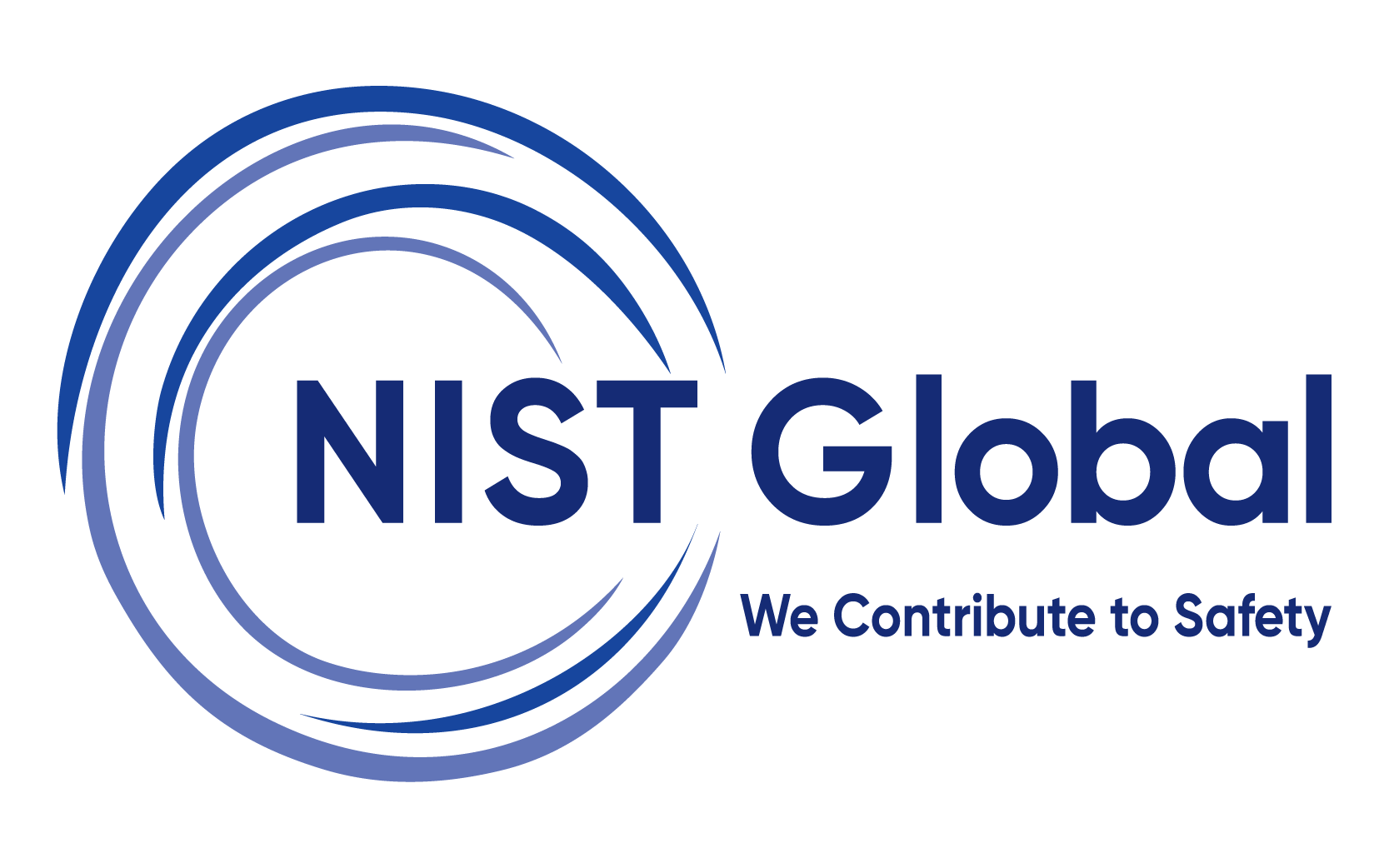Aspect and Impact Study
An Aspect and Impact Study is an organized process to identify the environmental aspects of an organization’s activities, products, or services, and evaluate their associated impacts on the environment. It is a foundational requirement of ISO 14001:2015 – Environmental Management System (EMS) and is essential for regulatory compliance, environmental responsibility, and sustainability performance.
Aspect and Impact Study
The course walks participants through the end-to-end process of conducting an aspect and impact assessment from identifying environmental aspects (e.g., air emissions, wastewater discharge, energy usage, and solid and hazardous waste generation) to evaluating their potential or actual impacts using proven risk assessment criteria such as frequency, severity, legal non-compliance, and stakeholder concern.
-
Duration1 Day
-
Training ModeVirtual/Face to Face
-
LevelIntermediate/Advance
-
LanguageEnglish and other regional languages based on availability
-
Content CustomizationClient specific/Industry specific/Site specific
Why Should Employers Invest in this Training?
- Enhances Workplace Safety Culture: Builds awareness and accountability among employees at all levels. Promotes proactive identification and correction of unsafe behaviours.
- Reduces Cost Due To Accidents: Lowers financial losses from injuries, damages, and downtime. Avoids fines, compensation claims, and legal proceedings.
- Improves Productivity and Efficiency: Helps workers operate with confidence and fewer disruptions. Efficient work practices lead to faster and safer task execution.
- Boost Employee Morale and Retention: Workers feel valued and protected, fostering loyalty. A safer workplace reduces absenteeism and staff turnover.
- Ensures Legal And Regulatory Compliance: Meets statutory requirements under national safety laws. Prepares the organization for inspections and certifications.
- Supports Business Continuity And Growth: Minimizes operational risks and enhances brand trust. Safety excellence attracts clients and supports expansion.
Training Objective
Aspect & Impact Safety Training is developed to provide participants with the skills and knowledge to identify workplace hazards, follow safe procedures, and respond effectively to emergencies. It focuses on proactive safety behaviour, situational awareness, and adherence to PPE and SOPs. Participants will gain comprehensive knowledge of legal compliance, emergency preparedness, and organizational safety policy. With interactive sessions and everyday scenarios, the program closes the gap between theory and practice. It promotes personal responsibility, collaboration, and a zero-harm culture. It fosters individual accountability, teamwork, and a zero-harm mindset. Participants will gain confidence in hazard reporting, risk mitigation, and safe equipment use. The training also emphasizes the importance of safety culture, continuous improvement, and regulatory alignment. By the end, participants will be able to analyse risks on their own and make contributions toward workplace safety. In the long run, the idea is to minimize accidents and create a sustainable, safety-oriented workforce.
Training Methodology
Instructor-led
Sessions
Case Study
Analysis
Hands-On
Practical
Knowledge
Checks
Final
Assessment
How Will This Training Strengthen Workforce Readiness?
This training enhances workforce readiness by developing safety skills, decision-making ability, and confidence to handle job responsibilities efficiently. It prepares employees to respond proactively to risks, ensuring safe and compliant operations across the workplace.
- Improves Risk Awareness - Employees learn to recognize and respond to hazards confidently, reducing reliance on supervision.
- Builds Operational Competence - Enhances practical knowledge of tools, machinery, safety protocols, and emergency actions.
- Encourages Proactive Behaviour - Promotes initiative in identifying unsafe conditions, reporting near misses, and suggesting improvements.
- Aligns With Legal And Organisational Standards - Prepares employees to meet compliance requirements, pass audits, and support company safety goals.
- Develops Decision-Making Under Pressure - Scenario-based learning strengthens quick thinking and calm action during real-time emergencies.
- Promotes Team Collaboration - Improves communication, coordination, and shared responsibility for safety across departments.
Who can take this course?
This course is ideal for professionals responsible for identifying and managing environmental impacts in industrial, construction, and facility settings. It supports compliance with ISO 14001 and strengthens environmental stewardship across operations. This course is eligible for,
- Environmental Engineers
- ISO 14001 Internal Auditors
- Sustainability Managers
- HSE Professionals
Assessment
✅ Multiple Choice Questionnaire (MCQ)
Training Mode
Face to face training
Virtual training

